"I came at exactly the right time... I was 26 years old, and all the monks and priests down here were ready to retire. So I overlapped enough that I got to know them all." -Allan Sandage
As many of you have heard, Allan Sandage passed away last Saturday. Let me tell you a little bit about this man, why he stands as such a towering figure in modern cosmology, and why he should be held in even higher esteem than he normally is.

Allan Sandage was a coworker of Edwin Hubble's, and he took up one of the most pressing questions of the day after Hubble's death in 1953: What is the Age of the Universe?
This is a particularly profound consequence of the expanding Universe. Let's take a look at why.
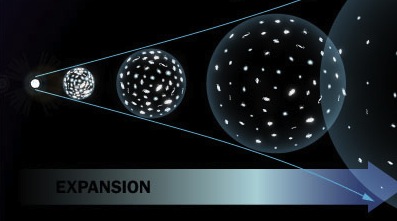
The Universe, ever since the Big Bang, has been expanding. What determines the expansion rate? At any given time, oddly enough, it's just two things: the total energy density, and the curvature of space.
Now, energy comes in all sorts of varieties, but back in 1953, we only seriously thought about two: normal matter (protons, neutrons, and electrons) and radiation (photons and neutrinos).

And one of the things we can figure out, if we measure the Hubble constant and we determine what the densities of the various forms of energy in the Universe are, is the age of the Universe.
Now, this posed a big problem. You see, Allan Sandage's work focused on globular clusters; specifically, he was making very detailed measurements of the globular cluster Messier 3.
If you know how stars work, and you observe a bunch of stars in a cluster, you can easily figure out how old the stars in that cluster are. And Sandage did just that, to unprecedented accuracy, for the stars in Messier 3.

And what he found, to his surprise and chagrin, was that the stars in there were, on average, between 8 and 10 billion years old!
Why was that a surprise? Because if your Universe has no curvature, is composed of nearly 100% normal matter, and the Hubble constant was its then-measured value, 100 km/s/Mpc, the Universe should be only 7 billion years old!
Clearly, something was wrong with this picture; you can't have a Universe where the stars in it are older than the Universe itself! So Sandage set out to measure the Hubble constant to an unprecedented accuracy, and see if the Universe weren't actually older than Hubble had thought.
So he set out to measure Cepheids -- well-understood variable stars -- in a multitude of different galaxies. And rather than a Hubble constant of 100 km/s/Mpc, Sandage kept getting values between 50 and 60, which would nearly greatly increase the age of the Universe.
Moreover, Sandage found that there was less matter than 100% of the energy density; much less, in fact. This was particularly important, because the age of the Universe is very sensitive to how much matter is in it, if the only other ingredients are curvature and radiation.
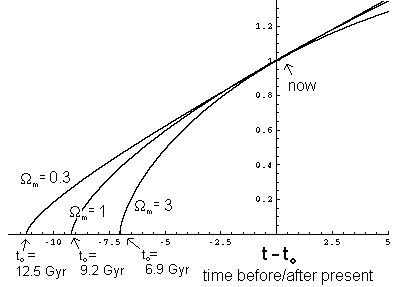
Combining these two results, Sandage estimated the age of the Universe to be somewhere between 13 and 14 billion years. This was not only much older than previous estimates, it was the only estimate in accord with newer measurements of stars in clusters, some of which indicated ages up to 13 billion years!
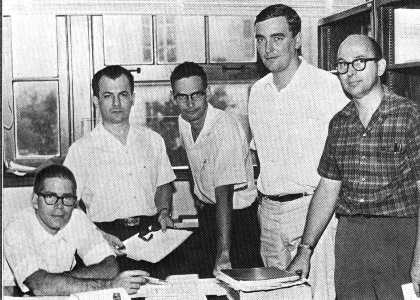
But in the 1970s and 1980s, a new group of astronomers, led by Gerard de Vaucouleurs (2nd from left, above), were taking new measurements of the Hubble constant, and were getting values -- consistently -- between 85 and 100 km/s/Mpc. De Vaucouleurs, in fact, argued so vehemently for 100 -- the more extreme value -- that some astronomers still (shamefully, perhaps) use his parameter, h, which is the Hubble constant divided by 100.
Sandage was incredulous! If the Hubble constant were that high, he argued, the Universe would again be younger than many of the stars in it. Sandage was often portrayed as an old fogey -- a has-been -- who was out of touch with current observations. But his argument was sound and correct; the Universe cannot be younger than the stars in it! Something had to give.

It was in the 1990s, when the Hubble space telescope was up and running, that things finally came to a head. By the way, did you ever wonder why it was named the "Hubble" space telescope? Because its #1 science goal was, once-and-for-all, to accurately measure the Hubble constant!
As you might have suspected, everyone was wrong. The value that the Hubble space telescope's key project returned was that the Hubble constant was 72 km/s/Mpc, with a possible error of less than 10%. On its own, this would have given us an age for the Universe of about 12.3 billion years, but there was an extra bit of information we discovered in 1998. We determined that the major constituent of energy (70-75%) in our Universe was neither normal matter nor curvature, but was in fact dark energy!
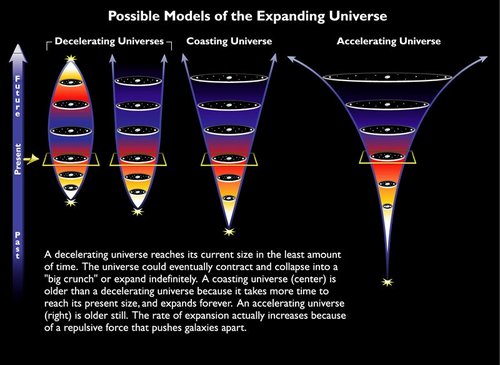
The 72 km/s/Mpc and the amount of dark energy in the Universe led to our current picture of a Universe that's 13.7 billion years old. And while de Vaucouleurs was generally recognized as having been "more correct" at the time, Sandage was certainly much closer to the correct overall picture. (De Vaucouleurs passed away back in 1995.)
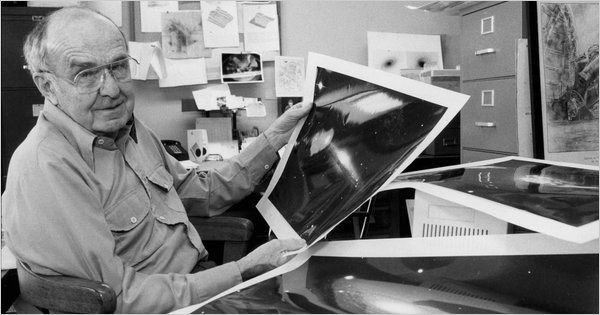
So rest in peace, Allan Sandage. You will forever stand as one of the pioneers of modern cosmology, and one of the key figures in determining the ages of the Universe and the stars in it. While we're saddened at having lost you, it is a happy day for cosmology that the stars in the Universe are, according to our best measurements, all younger than the Universe itself.
Goodbye, Allan Sandage. Thanks for helping us discover our Universe.

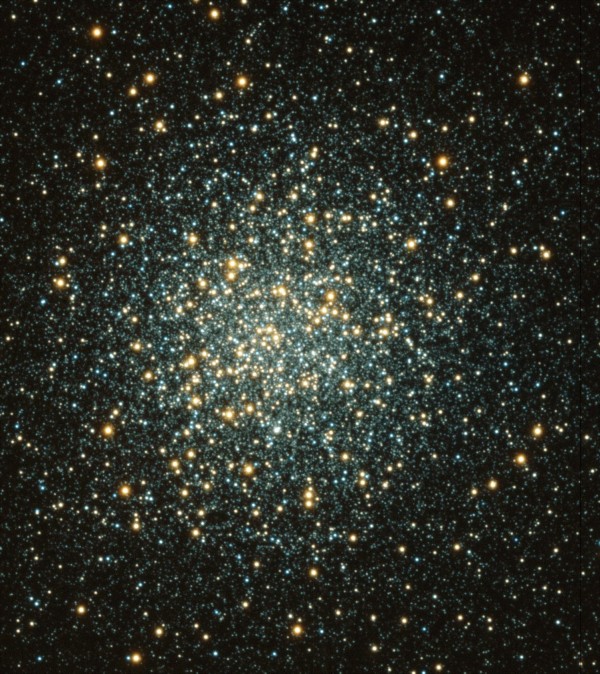

Sandage is the central figure of Dennis Overbye's memoir "Lonely Hearts of the Cosmos." It's a bittersweet but ultimately inspiring history of the community that took astrophysics from Hubble to almost the end of the 20th century. (It ends about 1990, so before many of the latest developments.) It doesn't always present Sandage as a sympathetic figure, but it gave me a huge appreciation for what Sandage achieved and how he engaged not only with the massive changes in physical and cosmological thinking, but also some of the social changes in the astrophysics community, during his lifetime. Worth a read!
Allan Sandage...δεν ÏÏÎÏει να ξεÏνάμε!
But what is "dark energy" and how can we observe it? How do we know we're not just diddling things to fit the model? Sure no one has come up with a better model yet, but that doesn't necessarily mean that there's something out there that we don't know much about.
Hey there, MadScientist: I bring sad and glad tidings. The bad news is that while you may indeed be mad (We just met; I give you all benefit of any doubt in this.), you are certainly no scientist (a Mad Hatter possibly; but again, I grant you all benefit of doubt). The good news is much more encouraging though: all you have to do is scroll back a dozen or so entries just on this blog, and there you will find the answers to your questions of What It Is, and How Do We Know.
But you ought to start in on that pretty soon, because with the LHC at Cern hopping and bopping with Big Bangs, you might never catch up; were already closing in on the multiverse concepts, and Dark Matter is hot now but almost nearing Old School. I recommend going back to the beginning of time -- for this blog, at least. And I promise you this: it will be fun for you, you will feel smarter, you will better educated, and you will no longer be so quite so dependent on kindness of strangers.
Hint: Think diffusion and bending of light from distant galaxies and stars.
RIP Allan Sandage, and RIP Brian Marsden too! We've lost too many astronomers this week =(
Great pictures. Can you imagine the pictures we could get from the TSA opt-out day protest if MY plan were put into effect?
http://thetimchannel.wordpress.com/2010/11/21/a-birthday-fantasy
Enjoy.
Like Penguin, I discovered Sandage via Dennis Overbye's brilliant "Lonely Hearts of the Cosmos" book too. Fantastic writeup, Ethan, thank you!
If I take 72 km/s/Mpc, invert it, and convert it to a duration, I get 13.58 billion years. I'm not sure how this jibes with your claim that without tweaking it corresponds to 12.3 billion years.
But thanks for the entry - I'm reading Overbye's book right now, just by coincidence (had already gotten it from the library before Sandage's demise), and finding it very interesting.
The answer to my own question occurred to me as I was brushing my teeth yesterday evening: The Hubble constant isn't actually constant over time, but (at least until dark energy takes over), gradually diminishes over time due to the influence of gravity.
Glenn Reynolds loses his freaking mind: JUST WHAT THE WORLD NEEDS NOW: North Korea fires artillery barrage on.